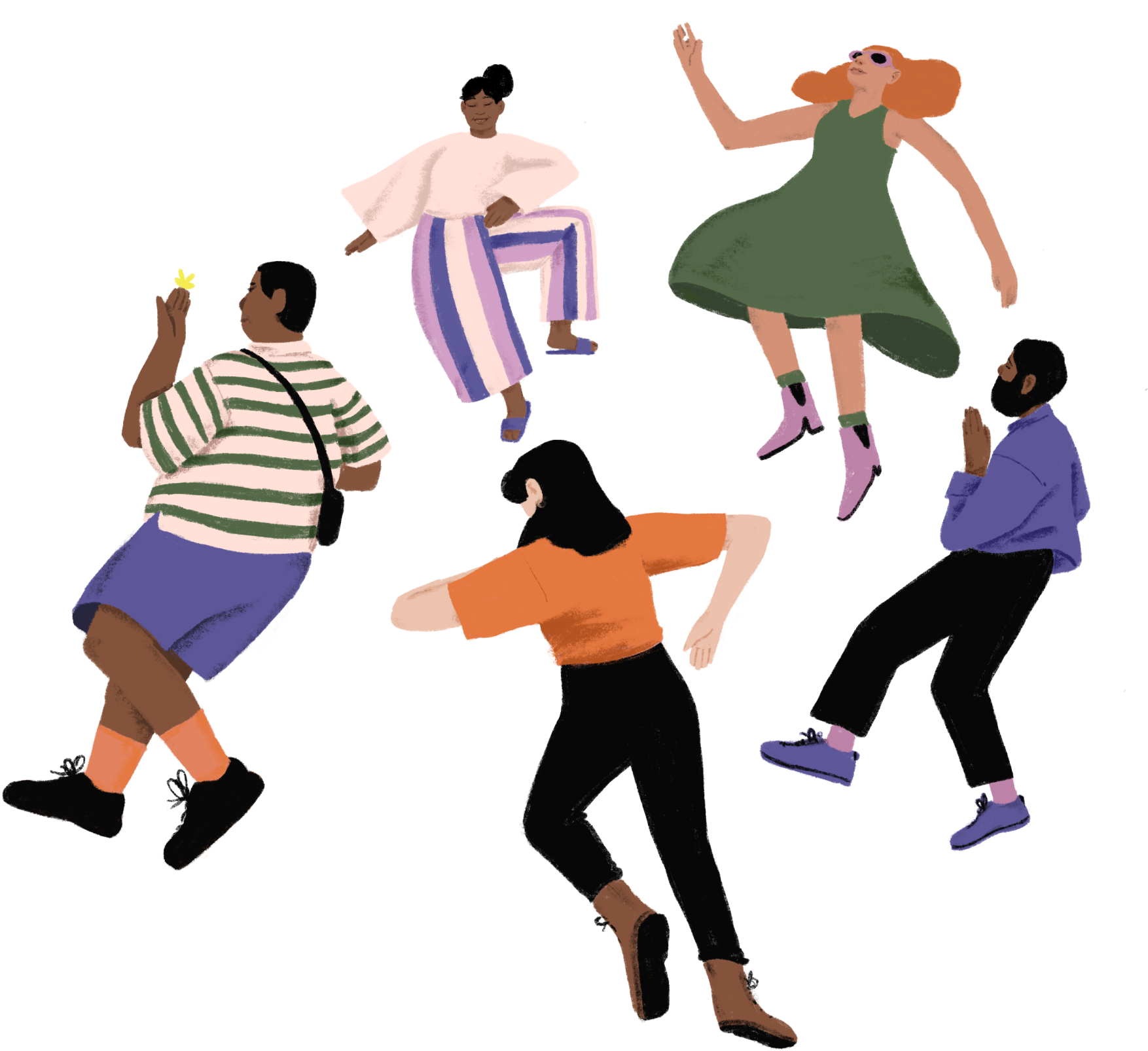Music is crucial in psychedelic therapy. In these scientifically-approved tripping playlists, each song has its own therapeutic outcome.
In 2018, a paper from Beckley/Imperial on psilocybin therapy for treatment-resistant depression revealed that a well-planned playlist can serve as a therapeutic guide, leading the patient gently through emotional experiences and toward a beneficial outcome’.
“Crucially, the nature of the music experience was significantly predictive of reductions in depression one week after psilocybin, whereas general drug intensity was not”, the study says.
‘The design of the playlist needs to match the phases in psychedelic therapy sessions, where each phase is associated with a distinguishable set of psychological needs the music can serve; pre-onset, ascent, peak, and descent (also called re-entry or return).
In the early ’70s, Helen Bonny and Walter Pahnke developed a template for how music is selected and structured for most subsequent research studies involving psychedelics, with adjustments in the length of the phases depending on the substance being used. These guidelines continue to inspire modern clinical playlists.
Here are some therapy playlists that have been concocted and circulated by different scientific institutions.’
The Imperial College of London’s Psilocybin for Depression Playlist
“Apart from the music selection and the structuring of this selection into a particular order, the mixing is an important aspect. The ways songs transition into each other, the fade-ins, the fade-outs, and the periods of silence, all together determine an experience of flow and continuity: The way the music breaths in and out of silence, and in and out of diverse emotional trajectories, is attuned to the experience”, says the liner notes.
This particular playlist was concocted when the Imperial College of London were undertaking Phase 1 clinical trials for psychedelic treatment of depression. It is tailored to a single medium-to-high dose of psilocybin — around 25mg.
John Hopkins’ psilocybin research playlist
“I make the best musical choices I can, trying to separate the ‘very good’ and the ‘excellent’ on the basis of years of experience with many different people,” Dr. William Richards of Johns Hopkins University shared in his book Sacred Knowledge: Psychedelics and Religious Experiences.
“There’s only room for so much music in a six-to seven-hours period of time.” Here The Beatles, Enya, and Louis Armstrong all make an appearance.
The Johns Hopkins Centre for Psychedelic and Consciousness Research was one of the first in the United States to receive contemporary regulatory approval, and today is one of the world’s leading psychedelic research institutes.
MAPS music for MDMA-Assisted Psychotherapy
Founded in 1986, the Multidisciplinary Association for Psychedelic Studies (MAPS) — a non-profit research and educational organisation that develops medical, legal, and cultural contexts for people to benefit from the careful uses of psychedelics and marijuana — created two sets of music used during MDMA-assisted psychotherapy.
Listen to both playlists via Youtube below.
Chacruna Institute’s Psilocybin Playlist
This playlist was arranged by researcher Kelan Thomas, and carefully follows the multiphase model that Helen Bonny and Walter Pahnke developed in the early 1970s. The playlist includes more indie, new wave and post rock than any other therapy playlists, including Sigur Rós and John Foxx of Ultravox.
“Kelan’s playlist peaks right on time, but does not take the listener to an unwavering, hours-long plateau of intensity. Instead, it has several smaller peaks with space for relatively calmer music in between. The idea here is to create a sense of ebb and flow that the participant can feel as a series of tension-and-release experiences. A playlist with multiple peaks can also help to titrate the experience and keep it from getting too intense ; periods of relief are built in”, says an article about the playlist.
